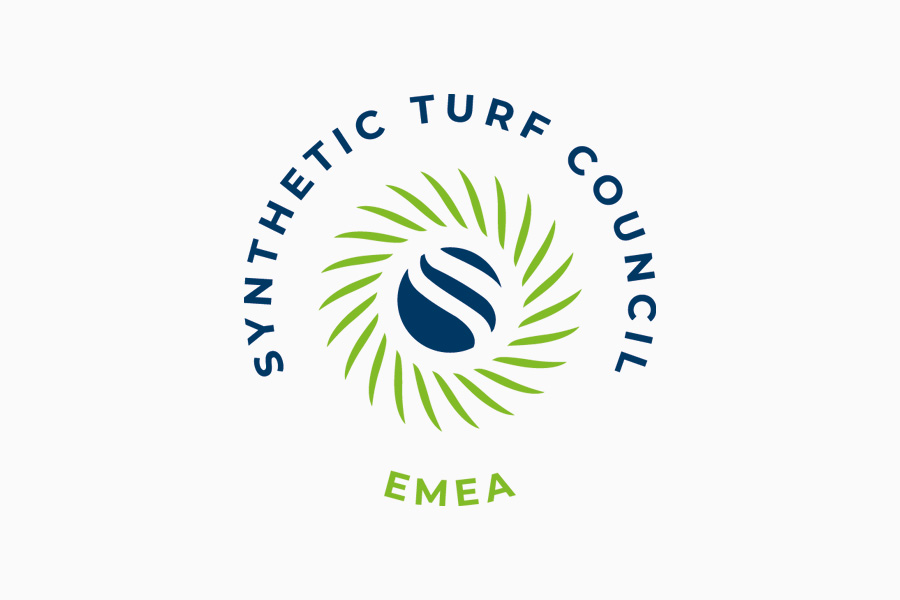The European Chemical Agency’s (ECHA) Committee for Socio-economic Analysis (SEAC) met Tuesday (8th December) to finalise and adopt its opinion on a restriction proposal to control the use of intentionally added microplastics. Following an extensive consultation process, based on their draft opinion published in June, SEAC is understood to have retained the two possible options to control the releases of polymeric infill materials from synthetic turf sports pitches; these being either a ban on the placing on the market of polymeric infill, or the mandatory use of risk management measures to prevent the infill leaving the sports field. It is understood that SEAC has concluded these two options have different costs to society, but also different levels of effectiveness in preventing releases. SEAC’s opinion will be published in early 2021. Previously ECHA’s Risk Assessment Committee (RAC) had opted to recommend a ban on the sale of polymeric infills, but with a six-year implementation period.
Following the adoption of SEAC’s opinion, ECHA will send the opinions of both committees and its restriction proposal to the European Commission. Restrictions under the REACH Regulation are proposed by the European Commission, voted by the EU Member States in the EU’s REACH Committee, and scrutinised by the European Council and the European Parliament.
Noting the conclusion of SEAC’s work, ESTC Director General Stefan Diderich is pleased to understand that the committee has maintained its previously stated view that it is for the Member States to decide if the priority is minimising infill loss through a ban on its sale and use, despite the adverse implications for many; or to introduce risk management measurers that greatly reduce the release, but still allow fields to benefit from the many positive attributes polymeric infills provide. Diderich understands that SEAC has acknowledged the recent publication of the CEN Technical Report TR17519, which details how risk management procedures can be implemented, and the EcoLoop report that ESTC submitted to SEAC during the consultation period, which shows how these risk management procedures can reduce infill migration by up to 98 percent. Looking ahead, Diderich recognises that ESTC will need to continue to engage with all relevant bodies to try to ensure that they recognise that synthetic turf fields provide great, safe, all-weather sports facilities for the many millions of players that us them every year across Europe, but at the same time, ensure the synthetic turf industry acts responsibly and proactively to take steps to help protect the environment.
